The Nike Air Zoom Tempo Next% is the daily training complement to Nike’s race day super shoe, the Nike Air Zoom Alphafly Next%. This article isn’t a performance-centric Tempo Next% vs Alphafly Next% comparison. The two shoes are meant for completely different use cases and don’t match up that way.
Instead, I’ve created a comparison to show how Nike changed their highest tier (and most expensive) race day shoe to transform it into a daily trainer. It’s instructive as it reveals which features Nike saves for racing and which features they tweak so the Tempo Next% lasts for 300+ training miles.
My Tempo Next% vs Alphafly Next% comparison will help runners decide if either shoe works for them. I’ve heard from many in our running audience hoping to buy one or both. But at $200 for the Tempo and $275 for the Alphafly, most of our readers want more information before making a purchase.
For those that want to go in depth on the Nike Air Zoom Tempo Next%’s performance, I’ll post a full performance review later this week. The full performance review of the Nike Air Zoom Alphafly Next% already exists. You can read it by clicking here.
I’ve also done other comparison articles that may be of interest including Nike Alphafly Next% vs Saucony Endorphin Pro, Nike Alphafly Next% vs Vaporfly Next%, and adidas Ultraboost 20 vs Ultraboost 19.
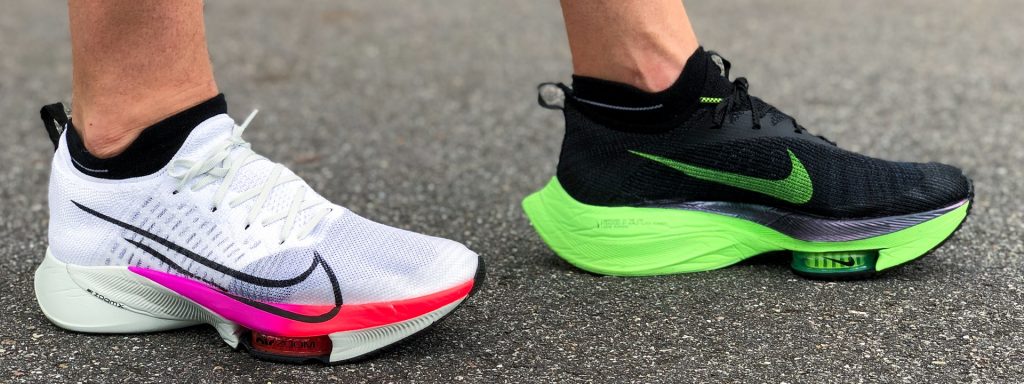
Tempo Next% vs Alphafly Next%: What’s the same?
- Zoom Air. When the team at Nike told me the Tempo uses the exact same Zoom Air bags as the Alphafly, I was happy. The twin Zoom Air pods, measuring approximately 15mm tall, deliver a really impressive bounce. When paired with ZoomX and a plate? Even better. I’m loving that the daily trainer gets the best Zoom Air in Nike’s running line.
- ZoomX. There’s not as much ZoomX in the forefoot and none in the heel (where it’s replaced with React), but the Tempo does include some of the pebax super foam. The Tempo has about 8mm less ZoomX in the forefoot. Forefoot strikes are firmer than in the Alphafly and that’s on purpose for two reasons. One, to better tackle various speed workouts on the track and road. And two, so the shoe is more stable for the varied conditions you’ll experience while training.
- Rocker Geometry. Both midsoles feature the exaggerated heel and toe curvature that “guides” the foot through a quick heel to toe transition and lift off. This is the new standard on any shoe meant for racing or speed training (not just from Nike). It’s starting to trickle down to almost all Nike running products including the wide-footer friendly Nike React Infinity Run.
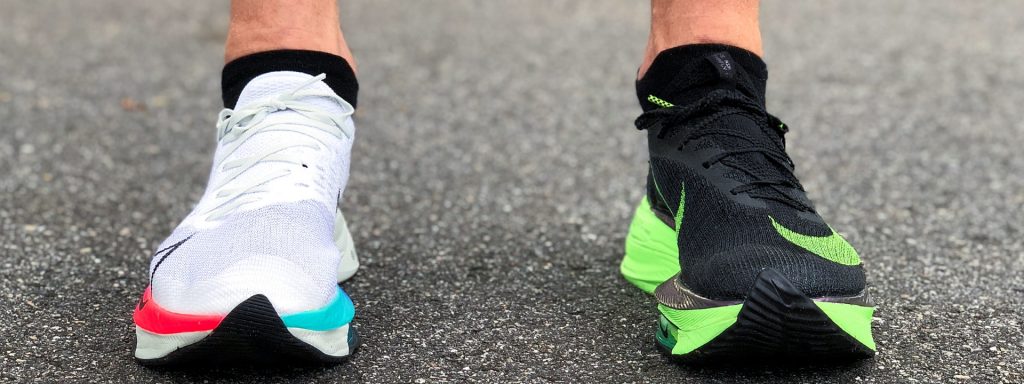
- Upper material. Atomknit is present on the Tempo’s upper just like it is on the Alphafly. I think it’s slightly stretchier on the Alphafly, but I didn’t confirm that with Nike. It could just feel that way because the weave pattern is different. Most people won’t be able to tell a difference as the uppers are very similar.
- Heel pull tab. Heel tabs are usually a small thing but on these shoe they’re 100% necessary. Both the Tempo and Alphafly have stretchy collars that can be hard to slip on. The heel pull tab used is exactly the same in its location, materials, and how it’s sewn to the upper.
- Forefoot outsole pattern. The wavy pattern of the Alphafly returns for the Tempo. The Alphafly’s traction was great so it’s a good thing it’s back. The rubber coverage is a bit different. The Tempo lacks the big opening in front of the Zoom Air pods and receives more rubber behind them as well. Nike clearly made these changes for durability purposes.
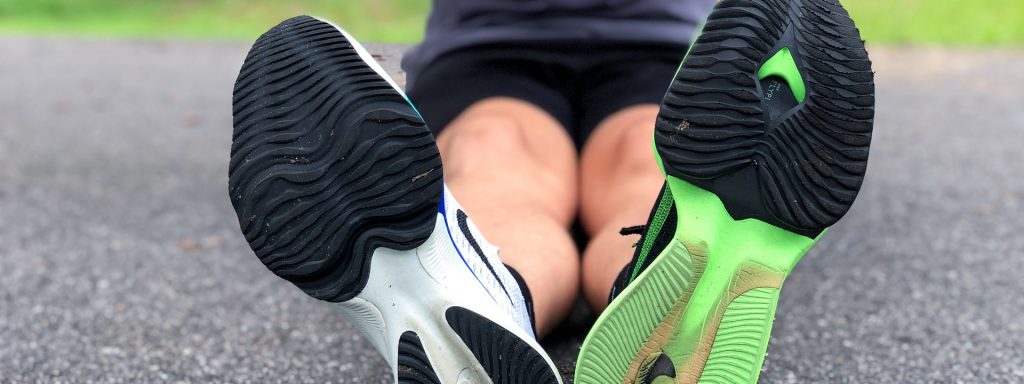
Tempo Next% vs Alphafly Next%: What’s different?
- Heel Cushion. As I mentioned above, the Tempo dispenses with the heel ZoomX for React. Why? For durability, as the React absorbs more impact, and for stability/comfort on more varied training surfaces. React is heavier so this substitution does add weight. I’m guessing the extra weight will be worth it in the long run (pun intended).
- Composite Plate. Nike swaps the Alphafly’s full-length carbon fiber plate for a composite plate in the Tempo. The Tempo’s composite plate isn’t as stiff as carbon fiber and therefore better for daily use. It’s the first time ever that Nike added a plate to a daily running shoe. The plate assists with stability and transition throughout a runners’ stride like the stiffer carbon plate does on the Alphafly. The softer plate in the Tempo should also provide increased comfort over higher mileage.
- Outsole Durability. The rubber compound used on the Tempo is harder than what’s used on the Alphafly. There’s also more rubber on the Tempo with extra rubber coverage at the forefoot and heel. The extra rubber and rubber compound are tweaked specifically to increase durability. The Tempo will last just as many mile as Nike’s flagship Pegasus 37.
- Midfoot. The midfoot is way different in the two shoes. As you can see in the pictures, the Tempo includes a midfoot support structure layered below the Atomknit. As a result, midfoot lockdown is improved in the Tempo. The arch fit is also different. Where the Alphafly’s arch is very pronounced and bothered some people, the Tempo’s arch is flatter and more forgiving.
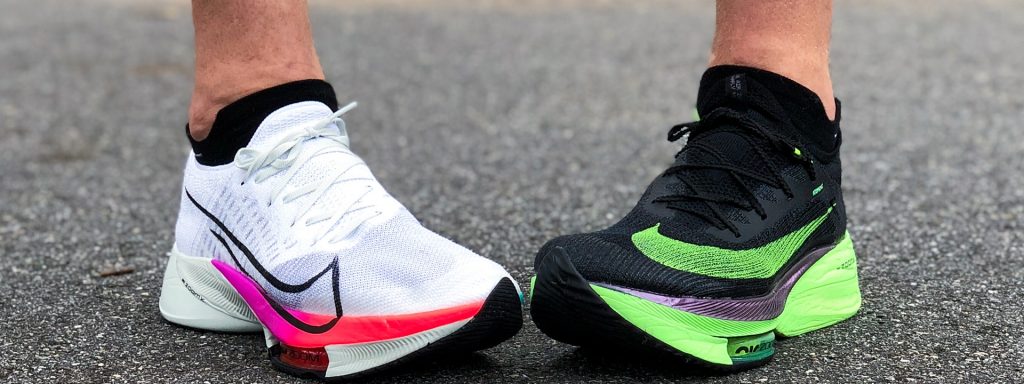
- Collar. Though both collars similarly make life difficult for wide footers, the collar of the Tempo isn’t as stretchy. The opening isn’t as long either. Neither is one of those knit shoes you can leave tied and just slip into for the next run. Untying is a necessity.
- Laces. The laces of the Tempo are the same as the laces of the Nike Vaporfly Next%. This was a disappointment as I much prefer the Alphafly’s laces.
- Weight. The Tempo is heavier than the Alphafly thanks to the addition of React, more outsole rubber, a heavier outsole rubber compound, and a more substantial upper. In my size 11.5, the Tempo is 24% heavier than the Alphafly. I’d expect most sizes see a similar percentage increase. The Tempo isn’t heavy for an everyday running shoe but it’s not super light either.
- Stack height. The Tempo’s stack height is 27mm in the forefoot and 37mm in the heel. The Alphafly is 35mm in the forefoot and 39mm in the heel.
- Offset. The Alphafly’s 4mm offset is low for a Nike shoe. The Tempo’s 10mm offset is pretty standard for Nike (and other brands) and more forgiving for those daily miles.
- Price. The Tempo retails at $200 while the Alphafly Next% comes in at $275. Yep, they both clock in above two Benjamins. I wouldn’t recommend spending that sort of cash if you just want to wear them casually. Will they be worth it for most runners? Probably not. But don’t underestimate the ability of space age looks and technology to sell shoes.
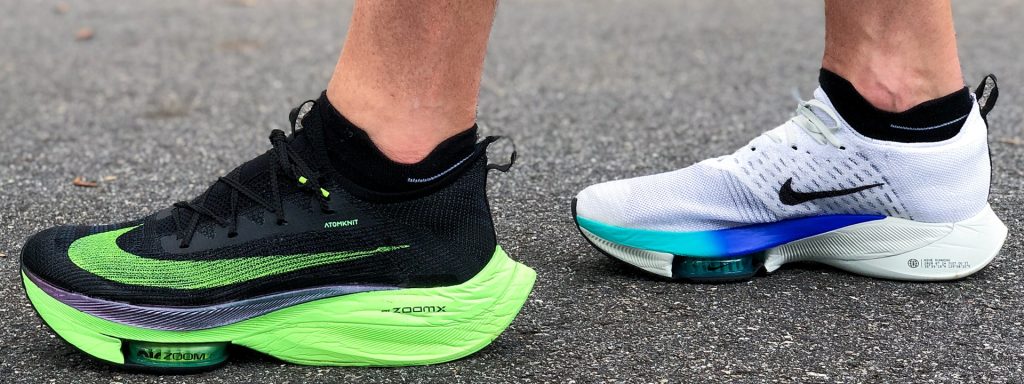
Tempo Next% vs Alphafly Next%: Overall
The Tempo Next% vs Alphafly Next% is a comparison of Nike’s top of the line daily running shoe and Nike’s top of the line racing shoe. They serve completely different purposes and have the variations you’d expect from two shoes targeting separate use cases. They both feature top of the line technology, are a little pricey, and will get other runners staring at your feet. And both are legit performers.
The Nike Air Zoom Tempo Next% will be available September 24, 2020 at Nike.com (Nike membership required). The Tempo will be available on October 1, 2020 at other retailers like Dick’s Sporting Goods and Road Runner Sports. The Nike Air Zoom Alphafly Next% is currently sold out at Nike. It is available at resale marketplaces StockX and eBay.
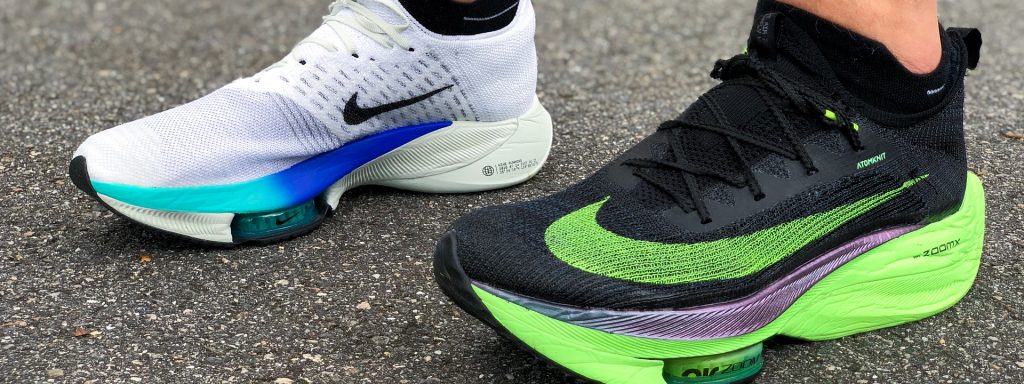

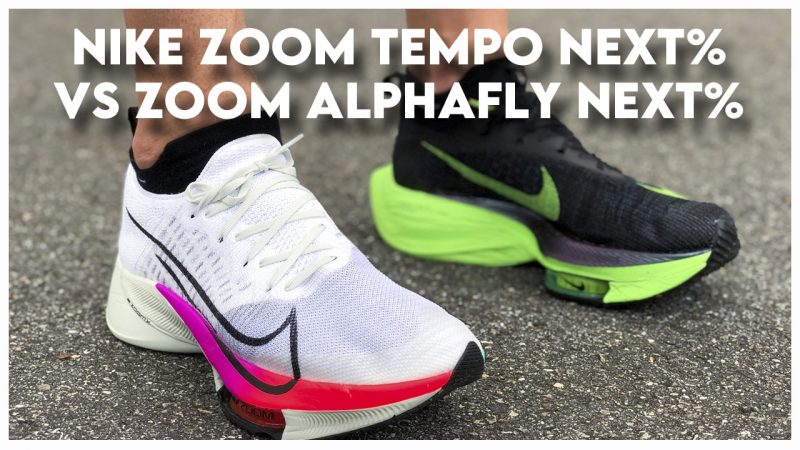
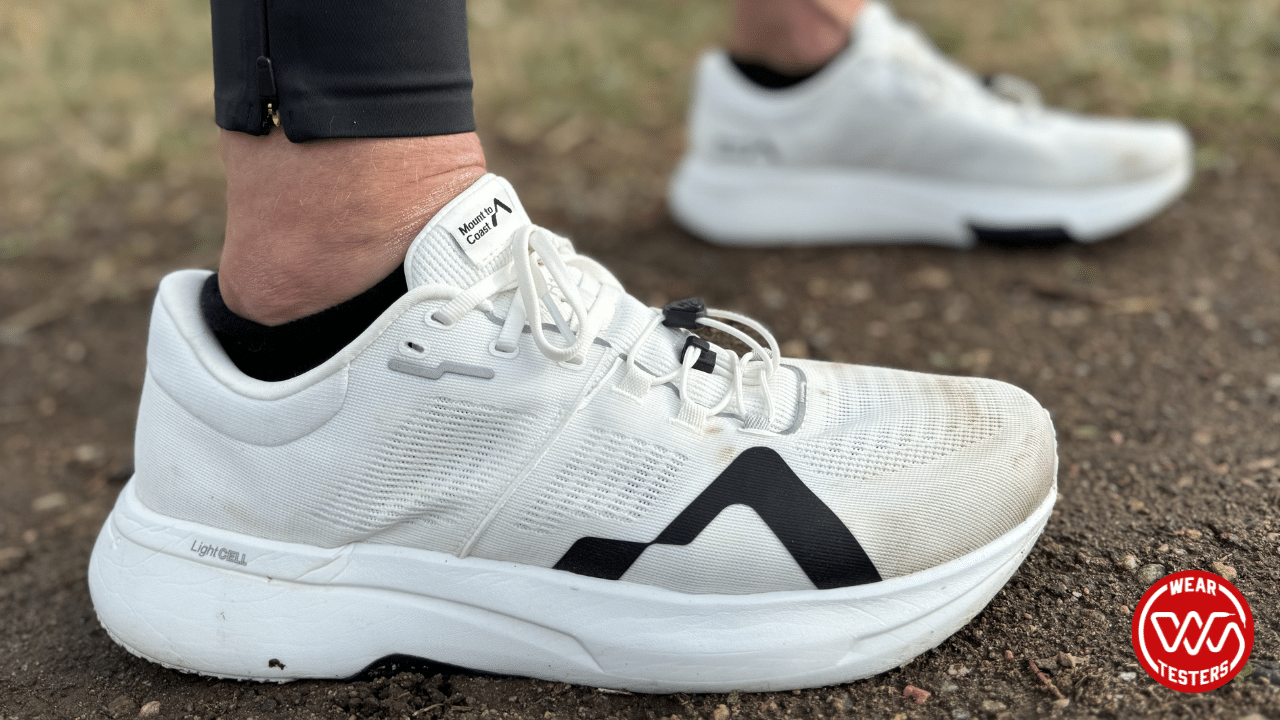
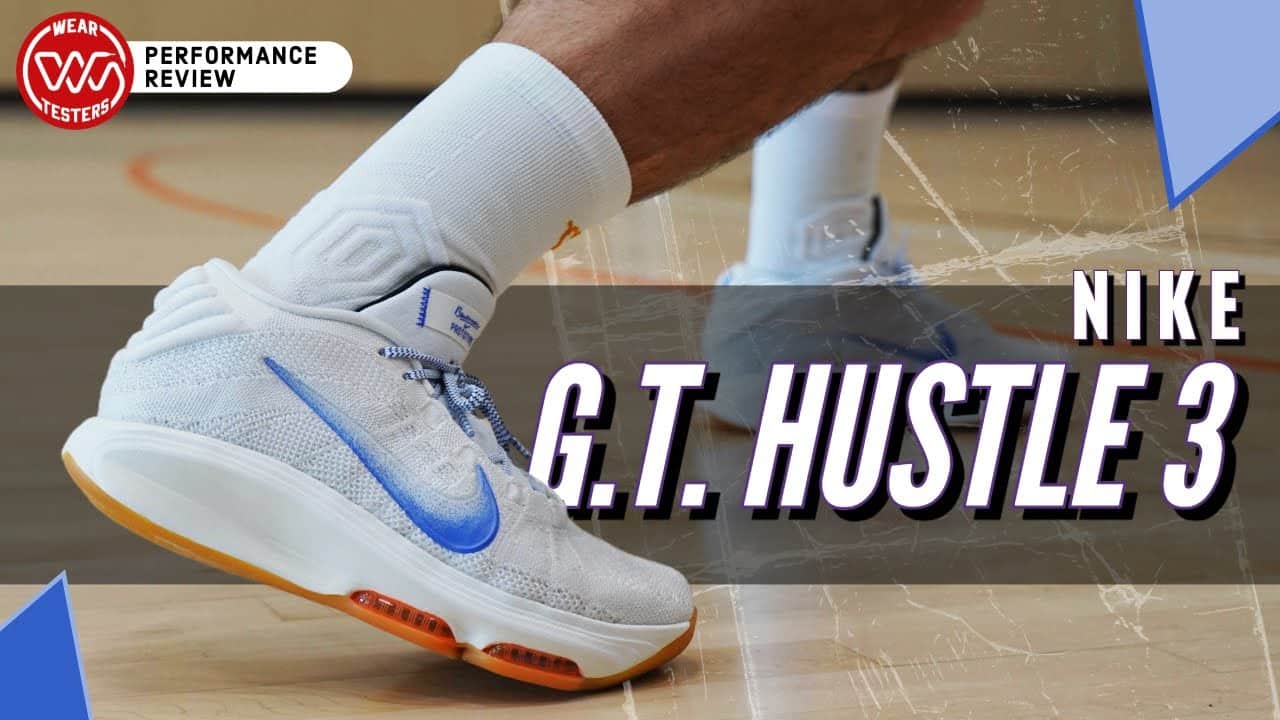
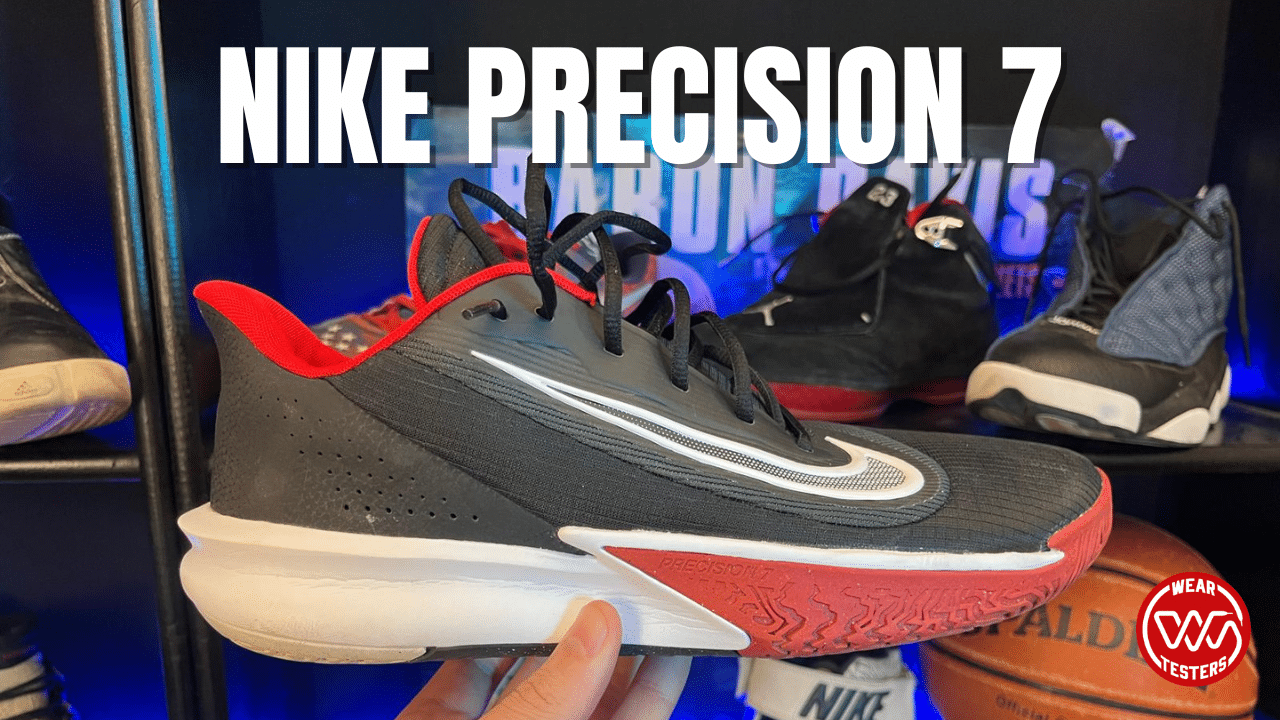
Are you sure about the stack height in the Tempo? Other articles and reviews, claim 43 mm heel.
Those numbers come from the original press release for the shoe.